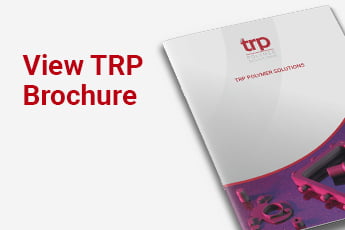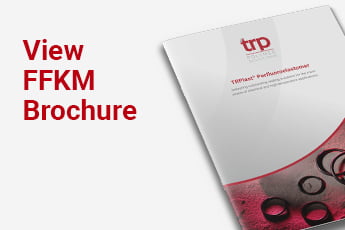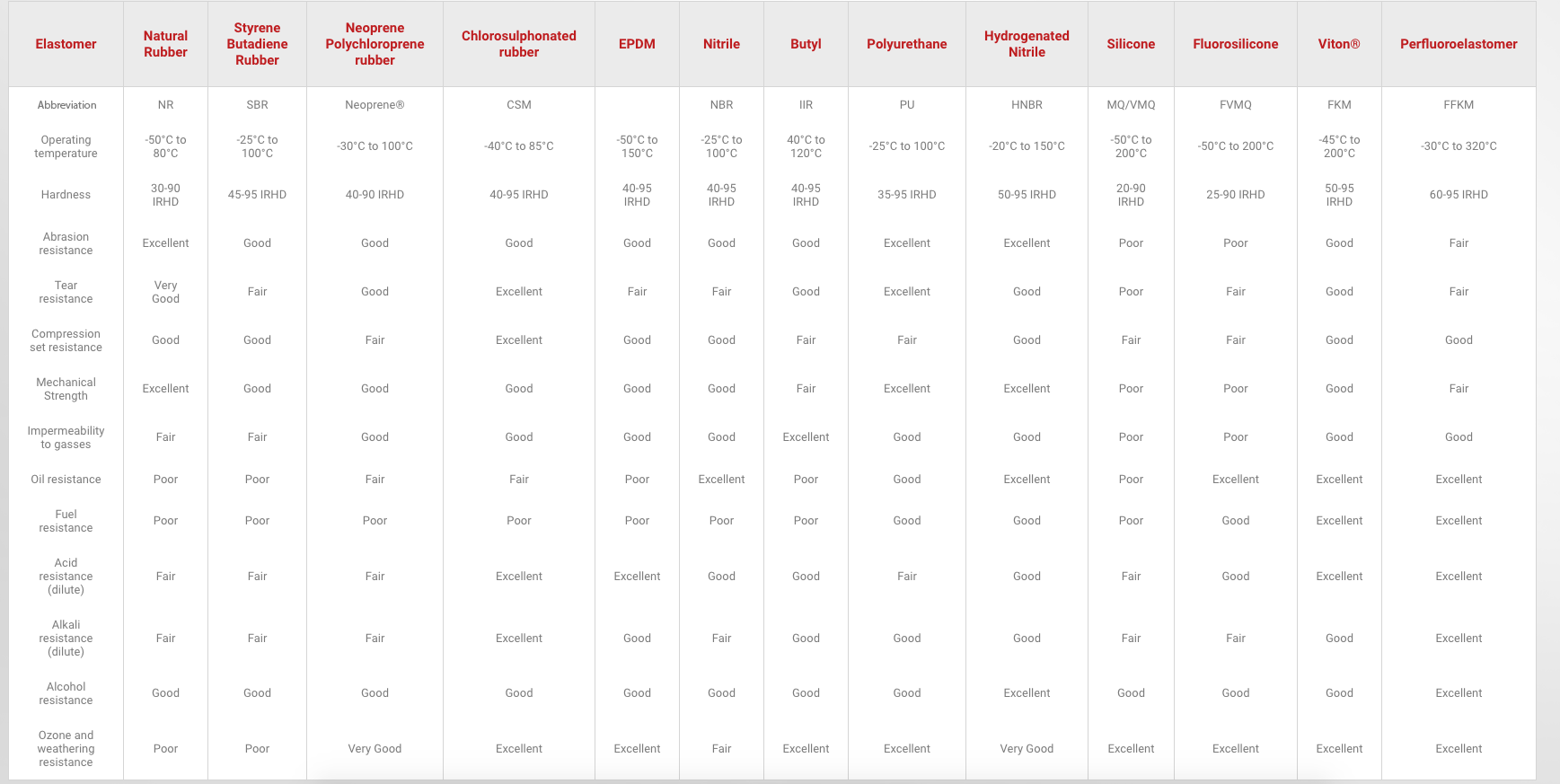HNBR material data sheet
Hydrogenated Nitrile (HNBR) is acquired through the saturation of nitrile with hydrogen on its hydrocarbon chains. This hydrogenation of the polymeric chain results in improved strength and resistance properties. In this HNBR material data sheet, you can find HNBR material properties and material compatibility.
HNBR material properties
HNBR, even at raised temperature, has great mechanical properties. This elastomer is both hot air and steam resistant whilst simultaneously having a very good low-temperature flexibility.
- Alongside this, further HNBR material properties include;
- Temperature range between -40oc to 150oc (dry heat).
- Standard colour: black.
- Excellent resistance to many modern fuels.
- Low permeability to volatiles and gases.
- Good resistance to high energy radiation.
- Good resistance to crude oil, even in the presence of hydrogen sulphide, amines and alkaline corrosion inhibitors.
- Good ozone resistance.
- Low compression set even at high temperatures.
- Low noise/vibration transmission.
- Very good abrasion resistance.
- Excellent chemical resistance.
Main uses of HNBR
The enhanced physical properties of this synthetic rubber copolymer make it the perfect material for both the automotive and oil industries, due to its excellent resistance.HNBR elastomers provide excellent resistance to common automotive fluids such as engine oil, fuel and coolant as well as many other industrial chemicals. HNBR is, therefore, the perfect choice for a range of applications, such as:
HNBR elastomers provide excellent resistance to common automotive fluids such as engine oil, fuel and coolant as well as many other industrial chemicals. HNBR is, therefore, the perfect choice for a range of applications, such as:
Automotive
- A/C seals and hoses.
- A/C seals and hoses.Engine seals, grommets and gaskets.
- Engine seals, grommets and gaskets.Fuel system seals and hoses.
- Fuel system seals and hoses.
- Serpentine belts.
- Suspension seals.
- Synchronous belts.
Industrial
- Blow‐out preventers.
- Chevron seals.
- Heat exchanger gaskets.
- Paper mill rolls.
- Oil field packers.
- Rotary shaft seals.
Please note, HNBR’s material compatibility is similar to nitrile. Therefore, it is not recommended for contact with chlorinated hydrocarbons, ketones or esters. For this type of application, we would recommend FKM or FFKM instead.
For more information about HNBR materials, or advice on products that relate to your business, contact us via our enquiry form, email us directly at sales@trp.co.uk or call us on +44 (0) 1432 268899 to speak to a member of our team.






